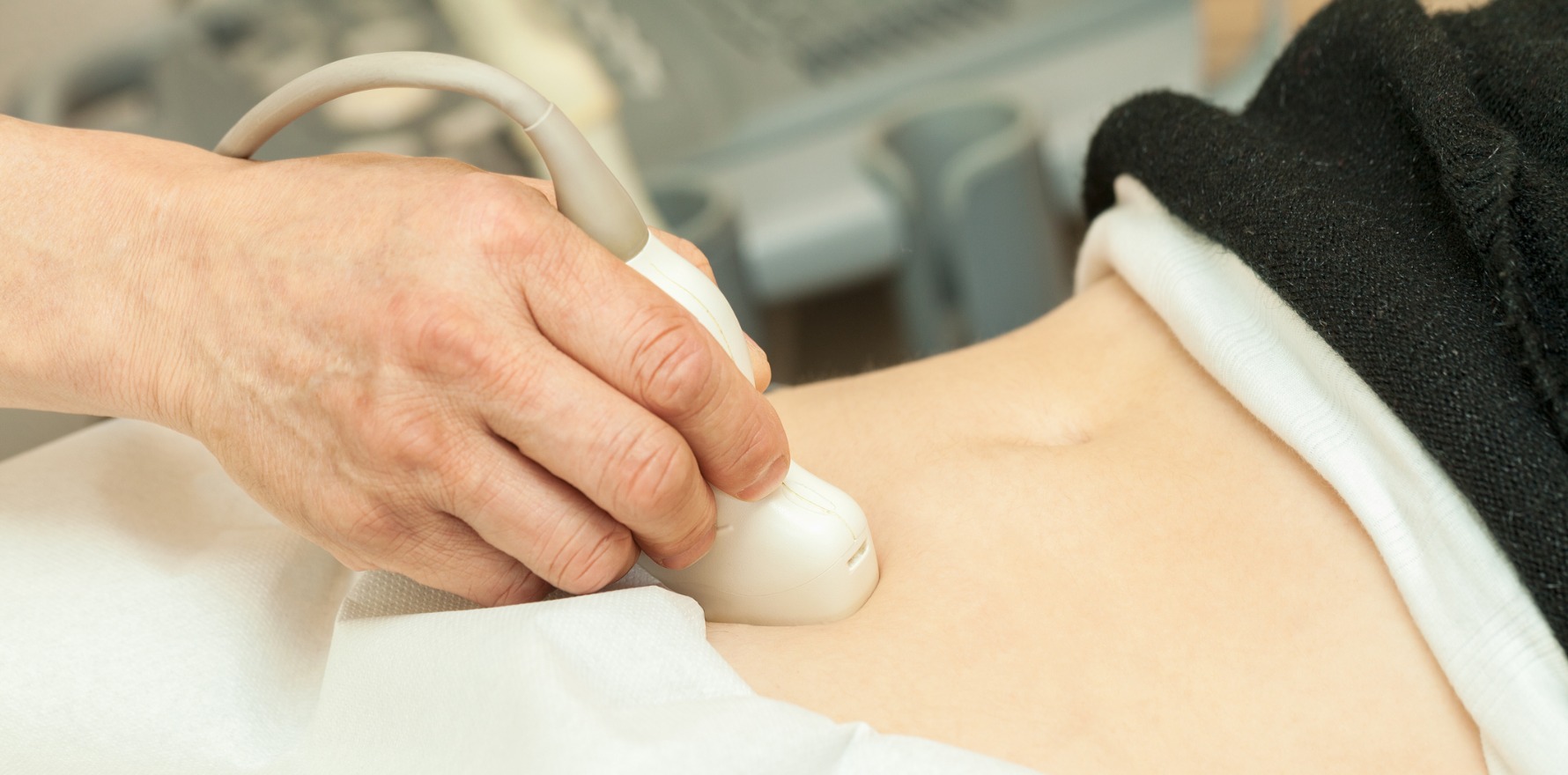Risks of injury and inappropriate behaviour can only be eliminated through proper oversight, a submission by peak bodies argues.
Australians’ health and safety will be at risk until sonographers are regulated as a profession, say the peak bodies representing them.
Their case for proper oversight under the National Registration and Accreditation Scheme is made in a submission that went to industry consultation this week, with an aim to hand it to Australia’s ministerial health council for consideration next year.
It has been drafted by a working group of the organisations that represent sonographers but cannot themselves enforce standards, respond to complaints or regulate the professionals they represent.
They argue that proper oversight by adding sonographers to the existing Medical Radiation Practice Board of Australia would address risks including injury to patients and inappropriate and unethical conduct.
“Currently, there are not nationally enforceable standards of practice that set the minimum expectations of ultrasound examinations performed by Australian sonographers, putting the public’s health and safety at risk,” an executive summary of the submission obtained by TMR says.
Sonography can cause physical, emotional and economic harm to patients, the document adds, and points to a case where a sonographer incorrectly identified a viable embryo while missing an ectopic pregnancy because they didn’t follow protocol.
“The missed diagnosis resulted in delayed medical response and failure to deploy early treatment options,” it says.
“The patient required a hysterectomy, causing significant distress as the patient had planned to have children in the future.
“In this situation, there was a high risk of death to the patient and permanent physical damage due to surgery that could have been avoided.”
Delayed treatment, personal injury, physical harm, avoidable infection and immediate and life-long injury and disability caused by biological effects due to misuse of technology were among the risks identified by the working group.
It also flagged clinical error, inappropriate behaviour and unethical or illegal conduct such as assault, failure to offer consent, lack of infection control and practising under the influence of alcohol or drugs.
A quarter of sonographers are radiographers, which is a regulated profession.
The peak bodies argue self-regulation for the remaining 75% would fail to adequately address risks associated with poor practice and conduct.
Under the registration scheme, it could introduce enforceable minimum standards and a nationally consistent mechanism to investigate complaints, linked to registration and eligibility to practice.
Organisations would have the authority to suspend or bar professionals from practice, as well as introduce enforceable supervised training, practice conditions, and other means to address incompetency.
The National Code of Conduct for health care workers is the only existing regulatory mechanism that applies to all sonographers, but it does not address risks outlined by the working group because its focus is on an individual’s conduct.
In its submission, the working group claims procedures performed by sonographers fall under eight of the 13 high-risk activities the Australian Health Ministers’ Advisory Council used to assess the risk of current registered health professions.
States and territories would need to amend the national law if the change was approved.



